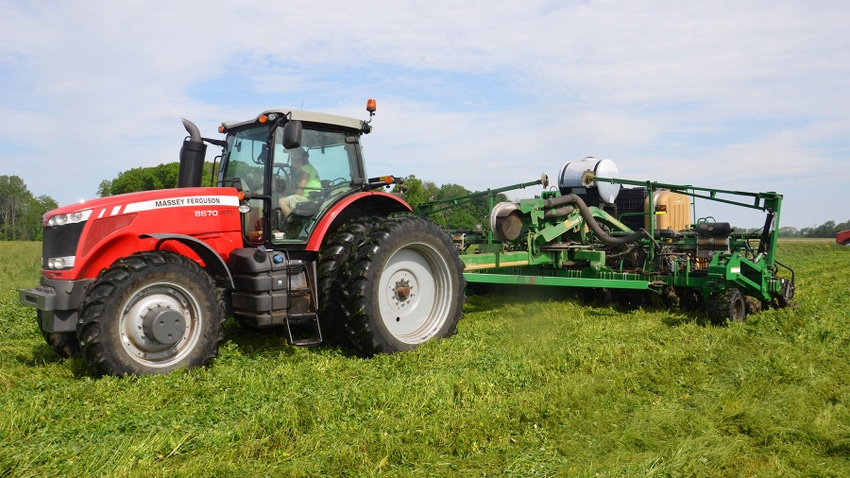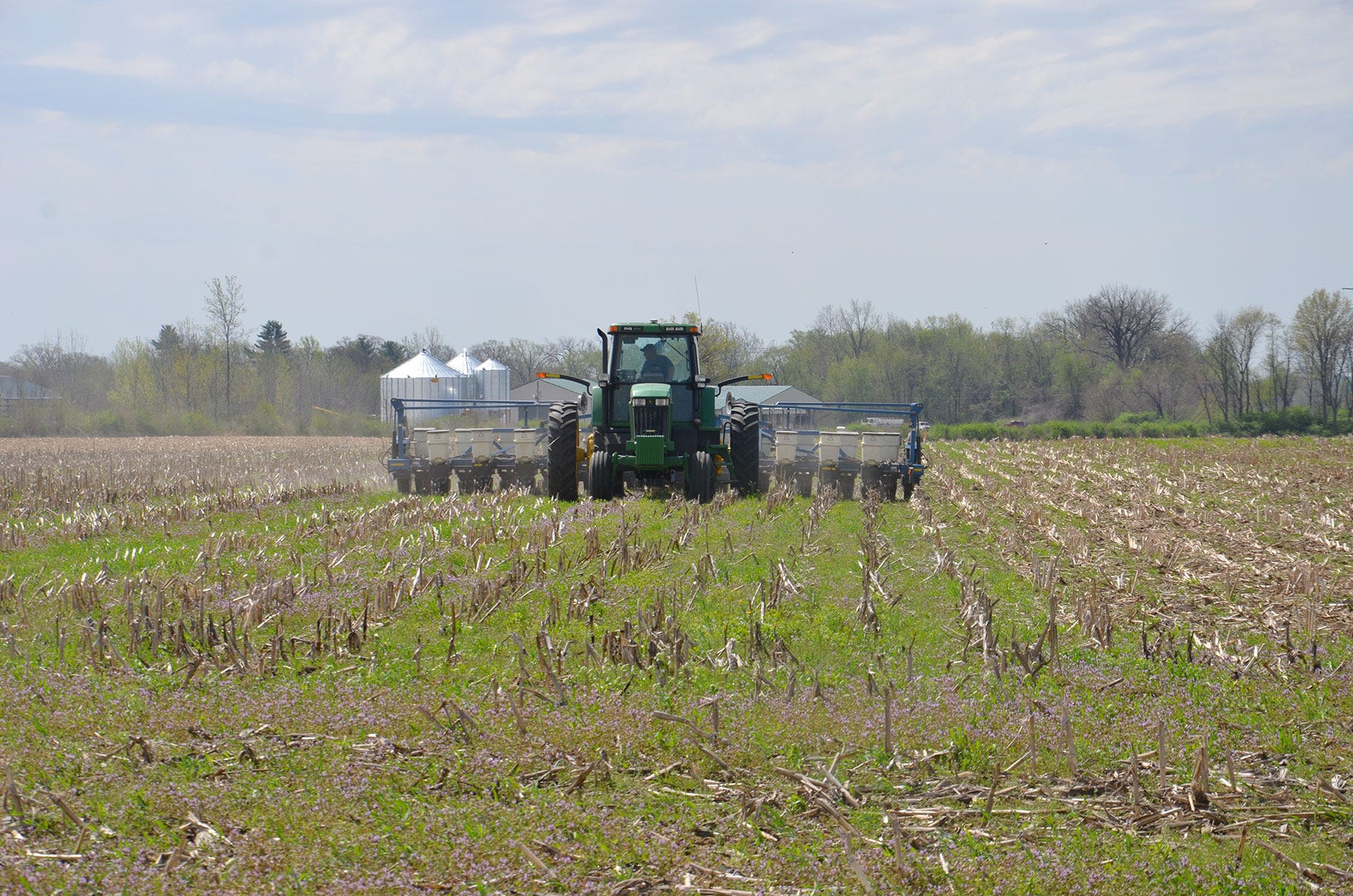
A panel of veteran no-tillers spent a long time debating this question. Why don’t more people make the shift to no-till and cover crops? Yes, there are challenges, but the list of tangible benefits is nearly endless.
Still, many people don’t change. Many don’t even try, even if they see it working on a neighbor’s farm. If you are one yet to try, don’t stop reading.
Afraid to try?
For some, perhaps it is fear of failure. They don’t want to risk ending up with a field they’re not proud of, especially if it’s where neighbors can see it. That’s OK, test it out in the back 40. Who cares where you try as long as you try?
How did I arrive at this great revelation? Watching a Big Ten basketball game! It was Illinois vs. Northwestern, Jan. 24, in Evanston, Ill. The Fighting Illini nearly ran Northwestern out of the State Farm Center in Champaign, Ill., two weeks earlier. But on this night, the Wildcats won in overtime. In crunch time, their star guard, Boo Buie, took over the game, driving to the basket, hitting 3-pointers, dishing to others, making key stops.
After the game, Robbie Hummel, former Purdue star and now Big Ten Network analyst, asked Buie’s coach, Doug Collins, “What sets him apart and allows him to shine in big moments?”
“He is not afraid to make the big plays,” Collins said. “He wants the ball in those situations. Sometimes he makes it, sometimes he doesn’t, but he is never afraid to try.”
Not afraid to try and fail. Translate that to farming, especially no-till. For the farmers who are deep in soil health systems now, many of them planting green, did everything work the first time? Ask them. I have never talked to a no-tiller who can’t remember many times when things didn’t turn out as he or she hoped. Instead of quitting, they learned and tried again.

TRY THIS: No-tilling soybeans into cornstalks with a planter equipped to place seed properly is a much easier proposition than planting green if you haven’t no-tilled before.
Step out and try
Did Boo Buie play basketball like he does today during his freshman year? No, not even close. Those I know who succeed in soil health farming systems kept going because potential rewards outweighed the fear of failure.
I can relate. Did I succeed on my first farmer interview? No. My very first interviews were with two cattle farmers. It was so long ago, we used black-and-white film. When I got back to the office, I made a gut-wrenching discovery. I didn’t load the film correctly. No film on the spool, no pictures. So, I had to call each farmer again and retake pictures. Talk about embarrassing!
That didn’t stop me. Don’t let fear of failure stop you from trying reduced tillage. What have you got to lose besides pride? You might just discover why some people are so adamant about soil health and conservation farming.
Read more about:
No tillAbout the Author(s)
You May Also Like




